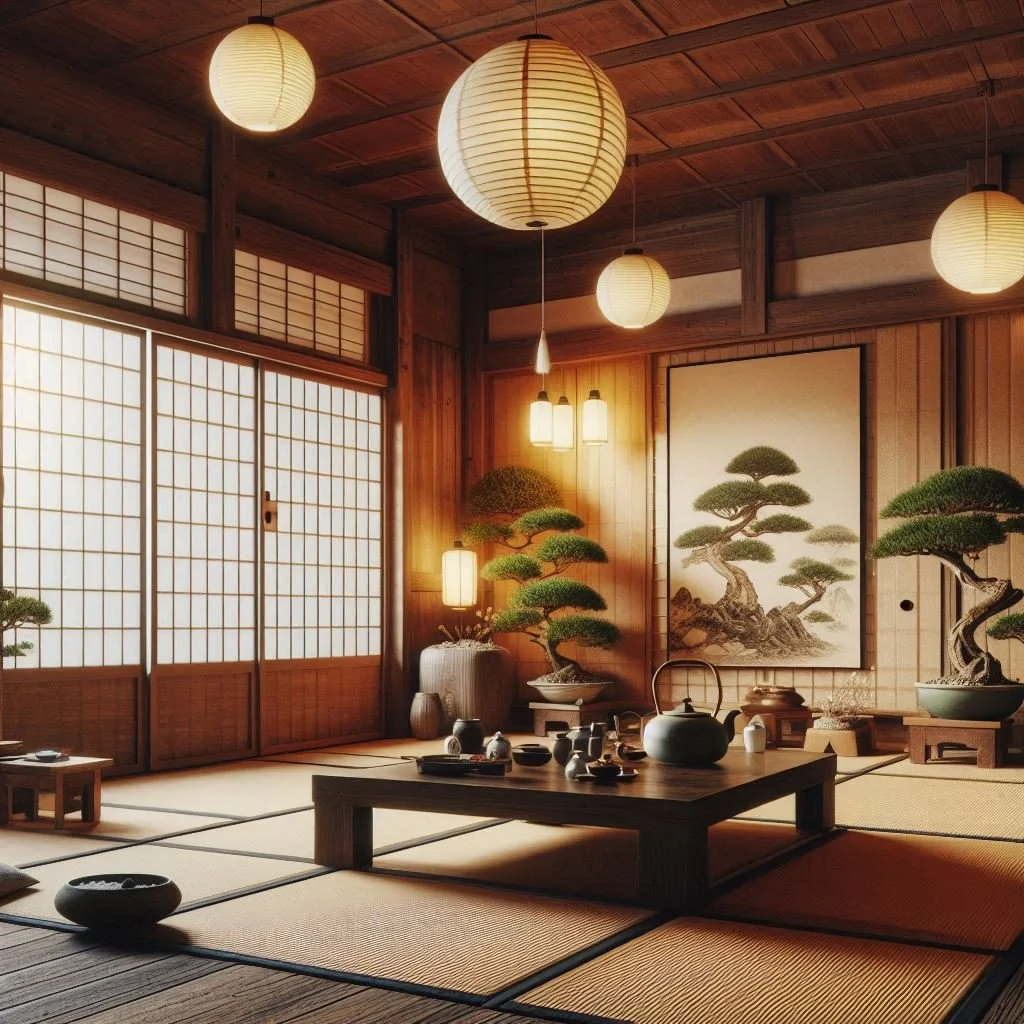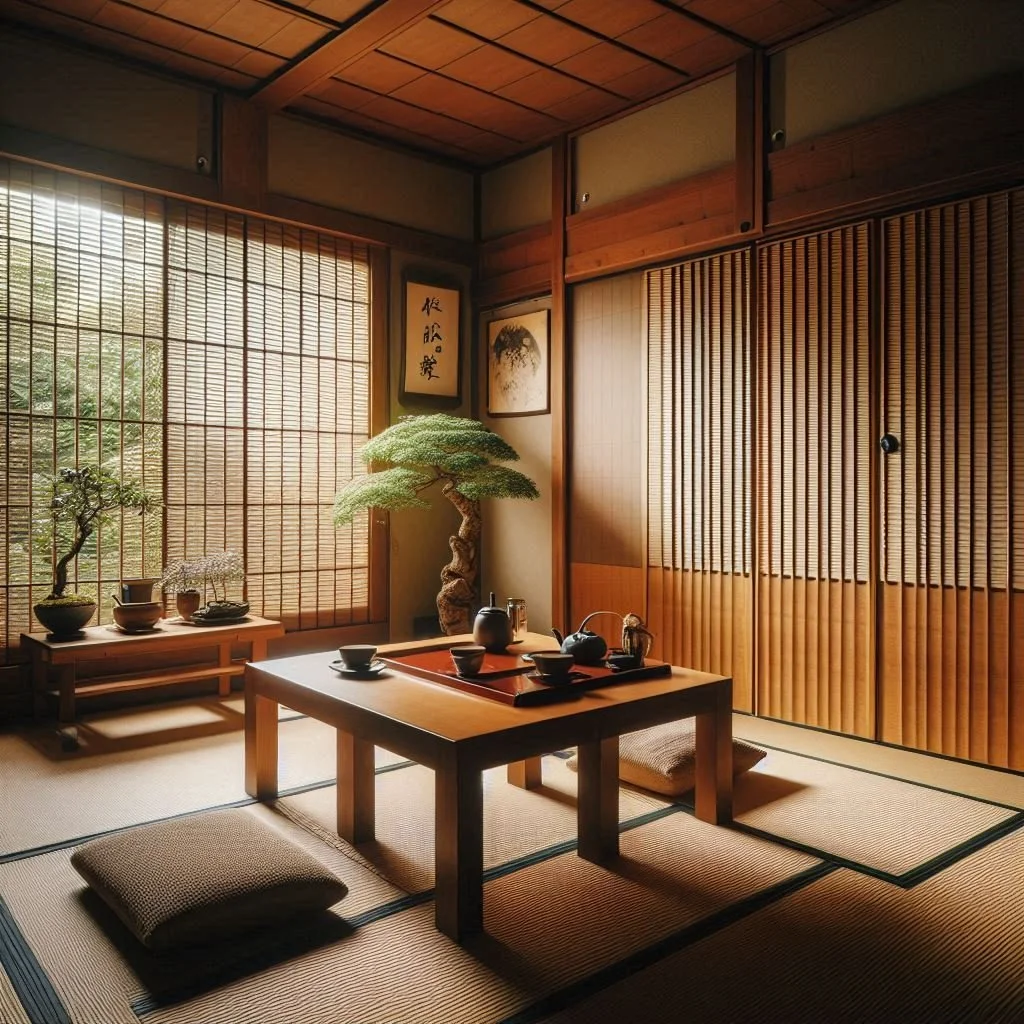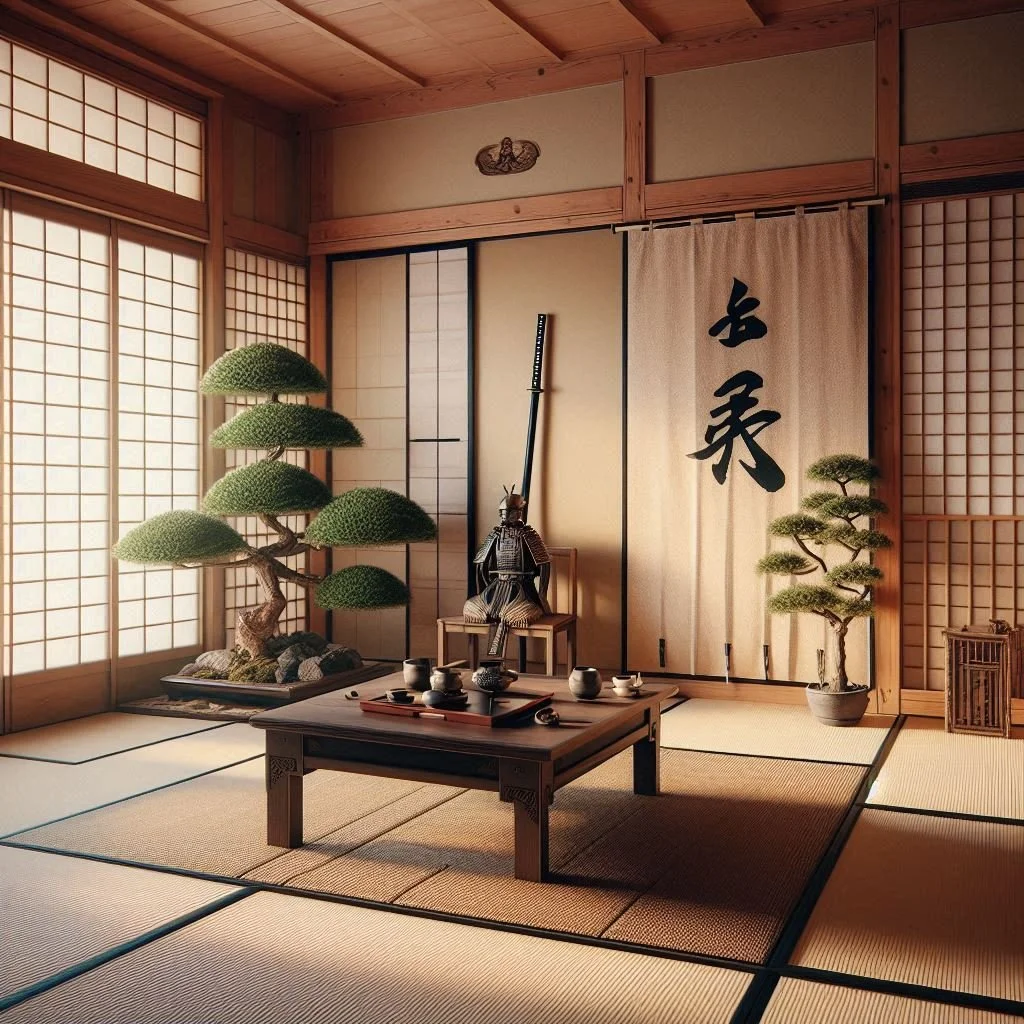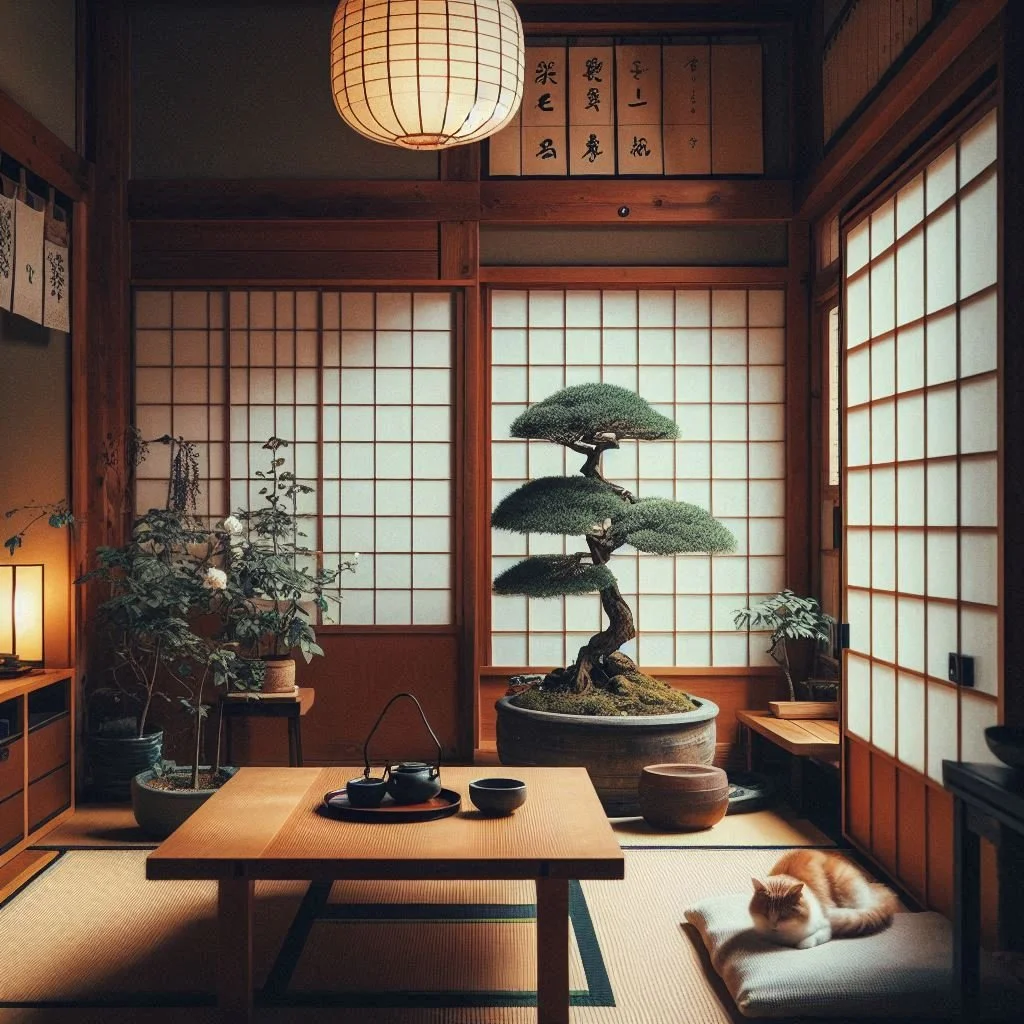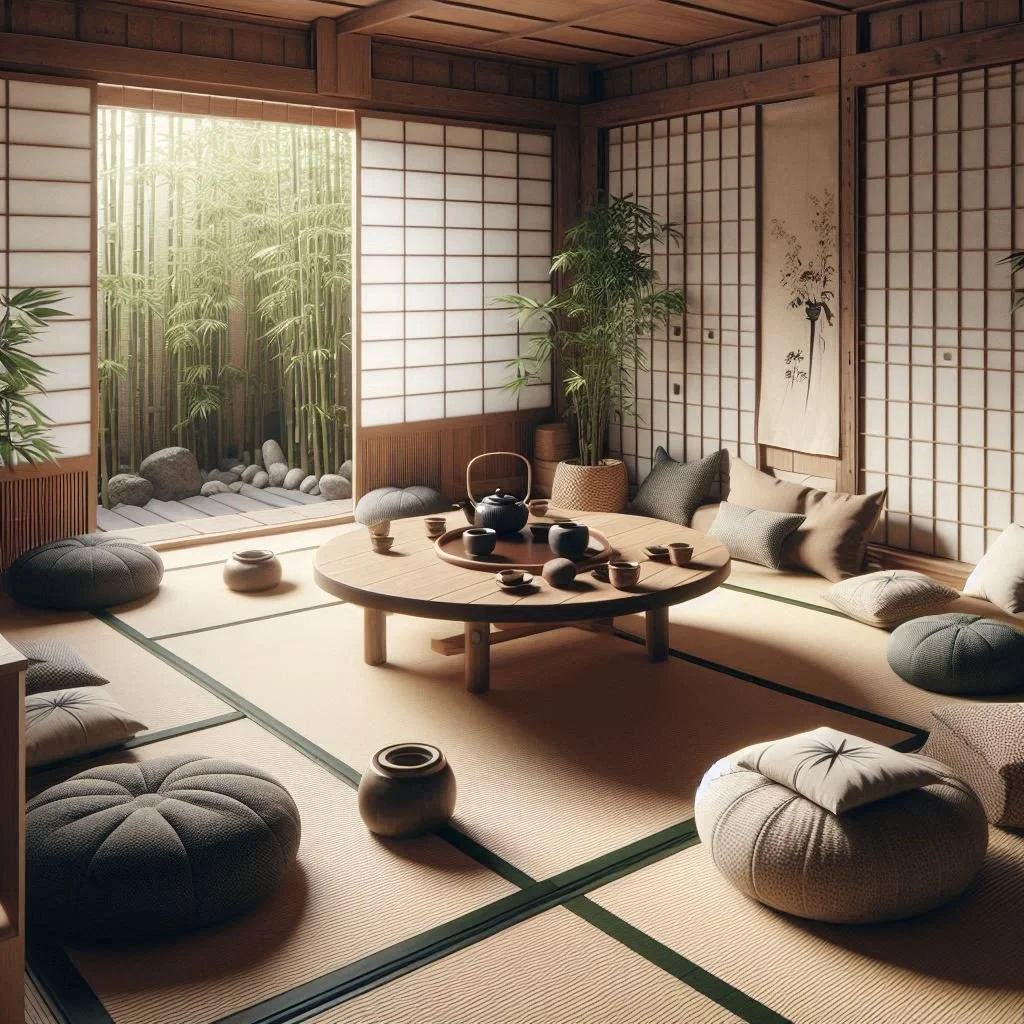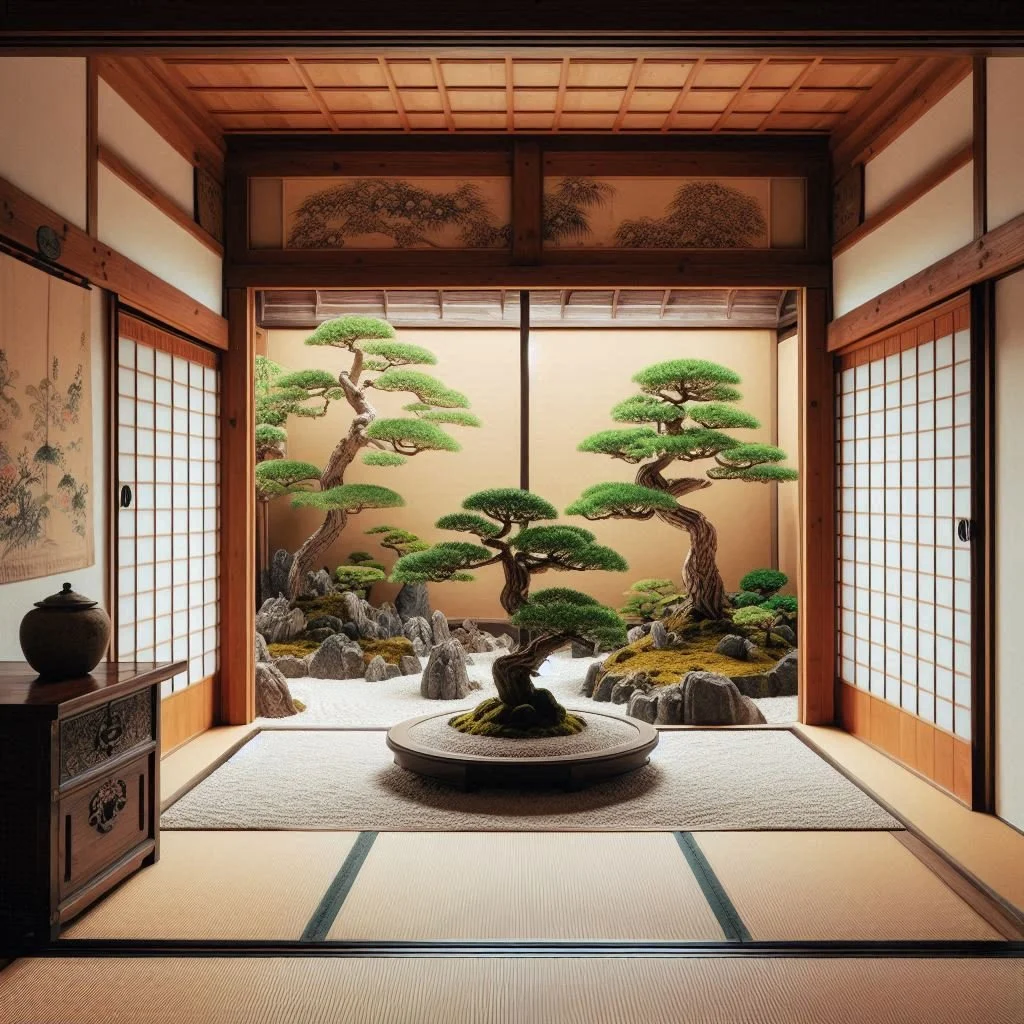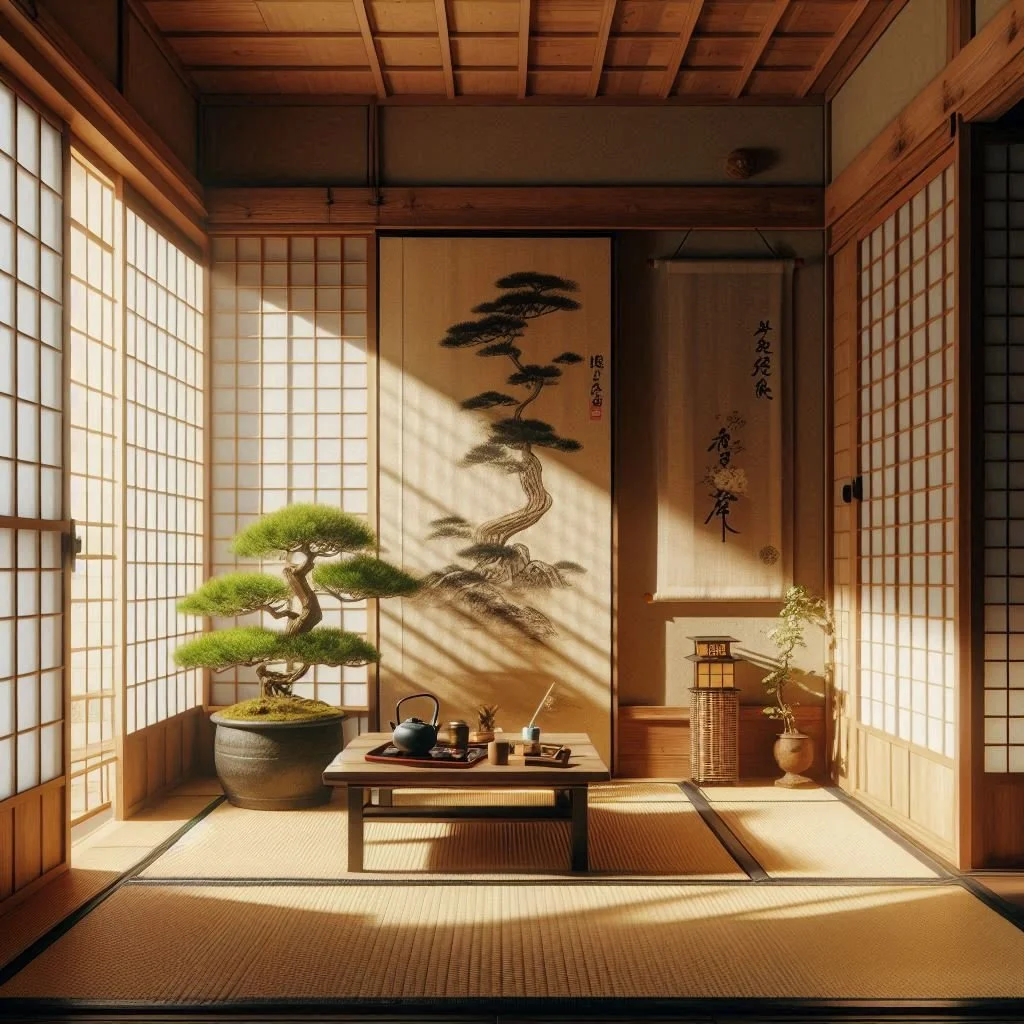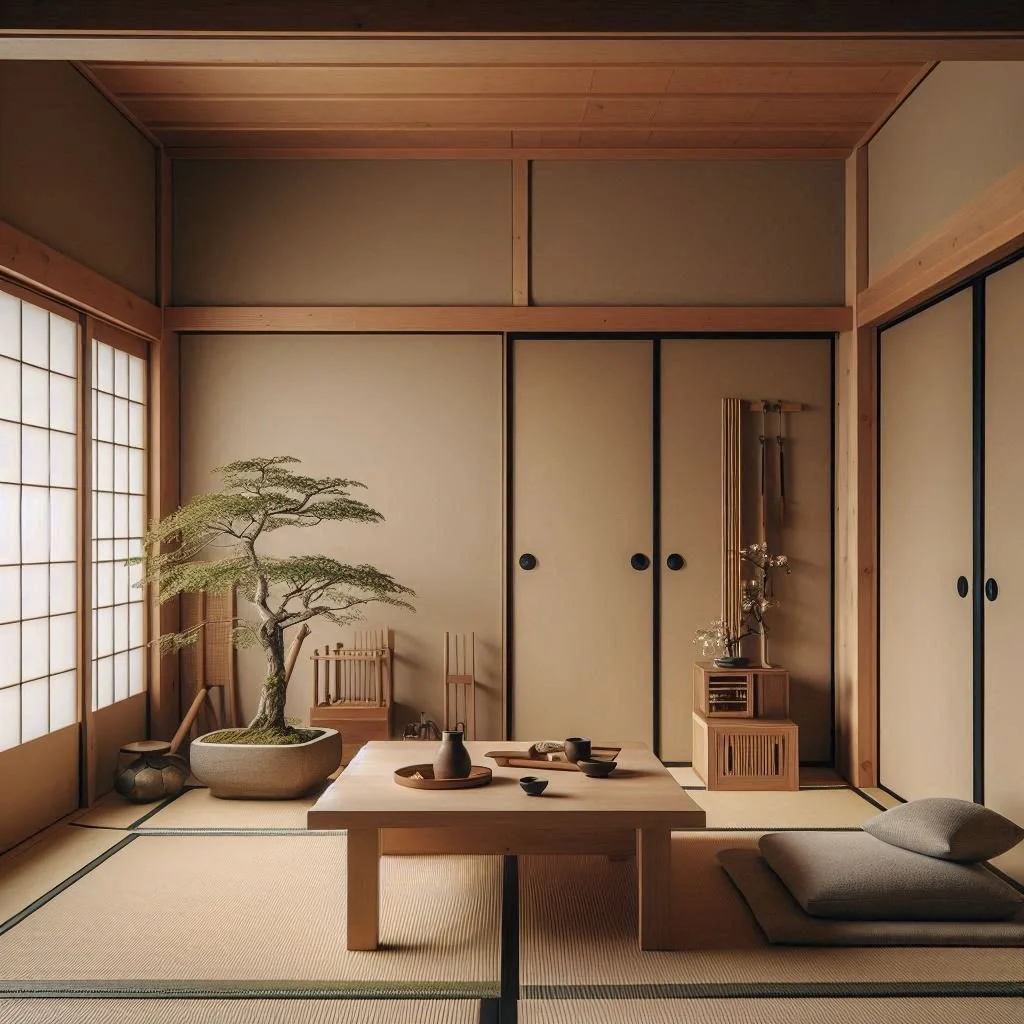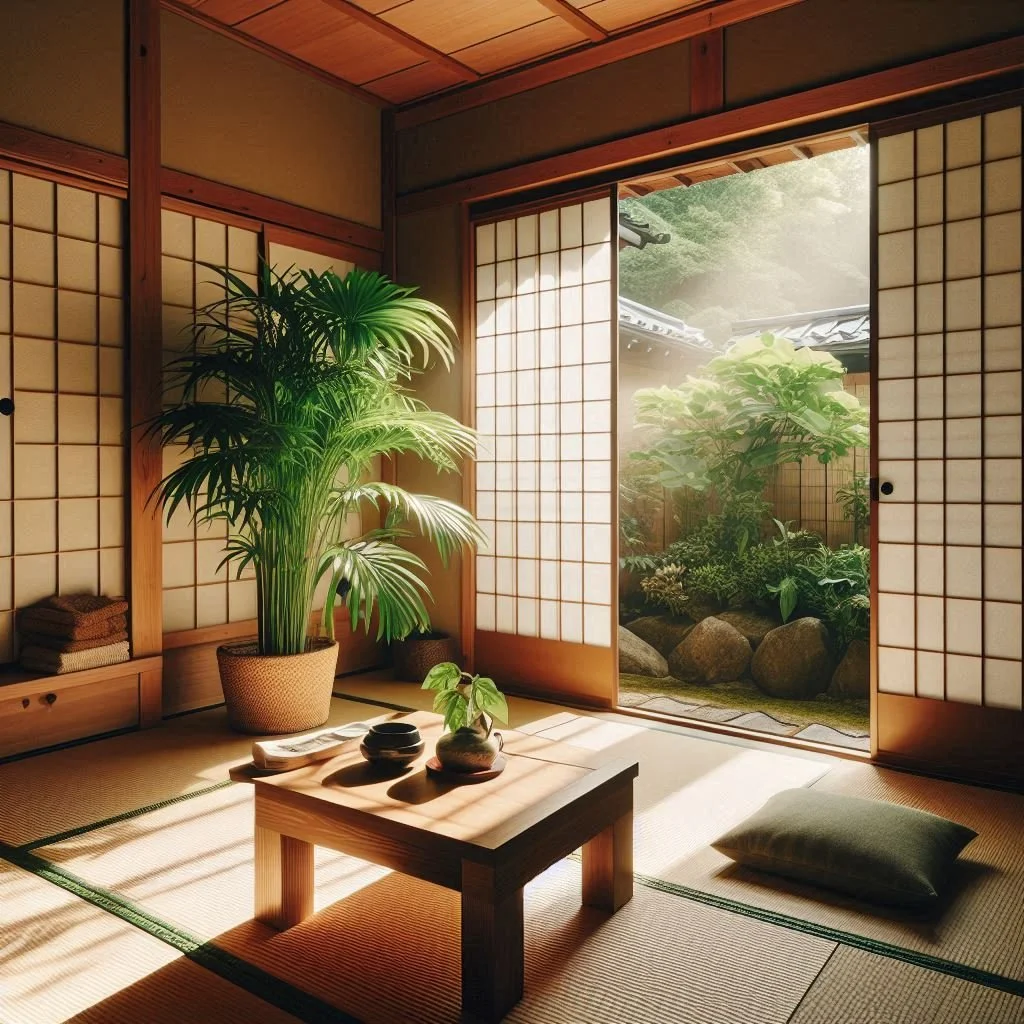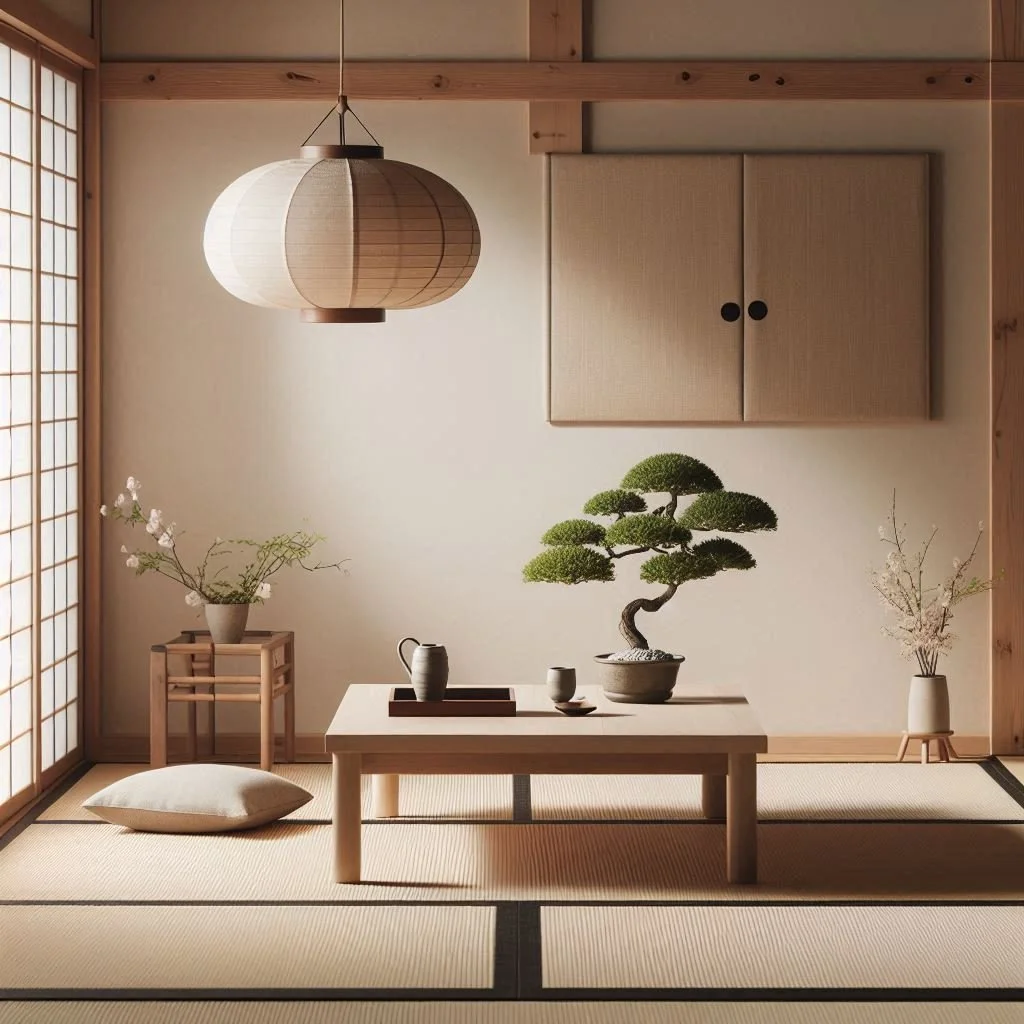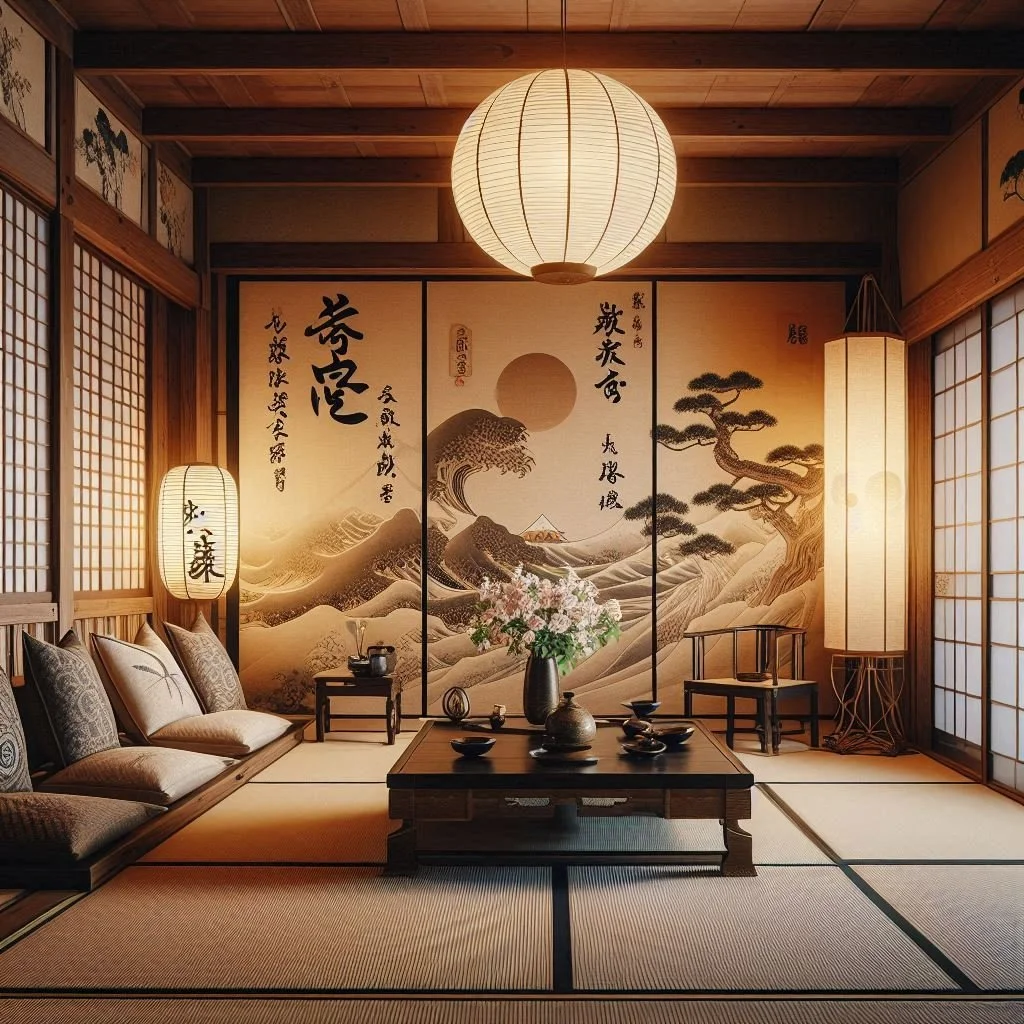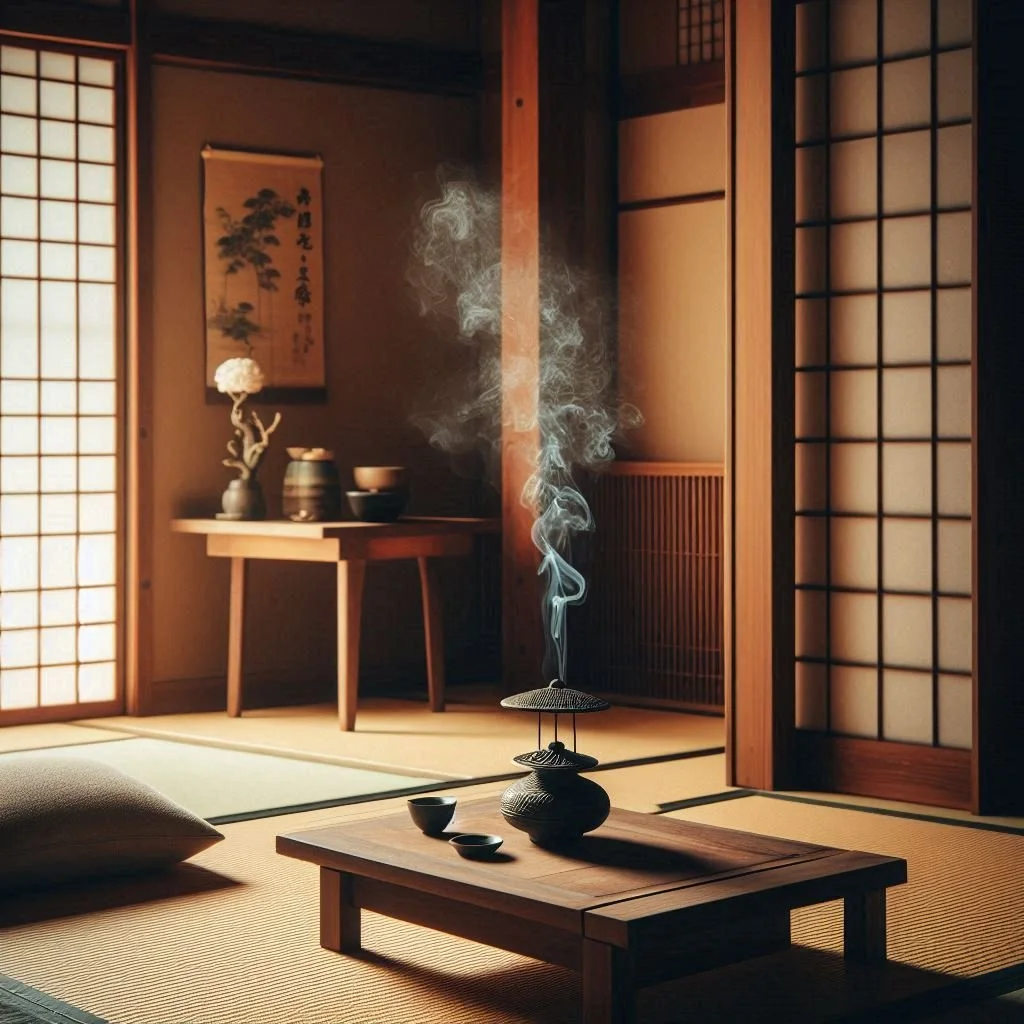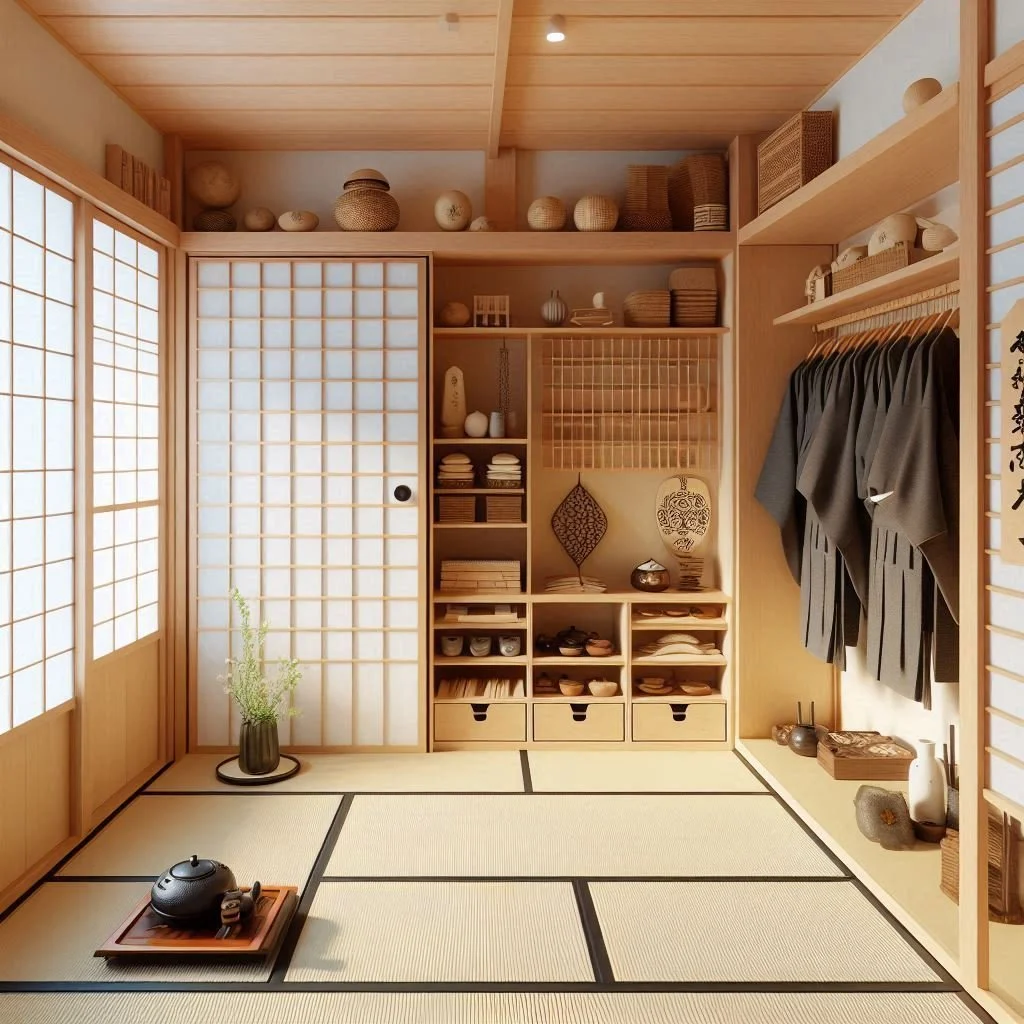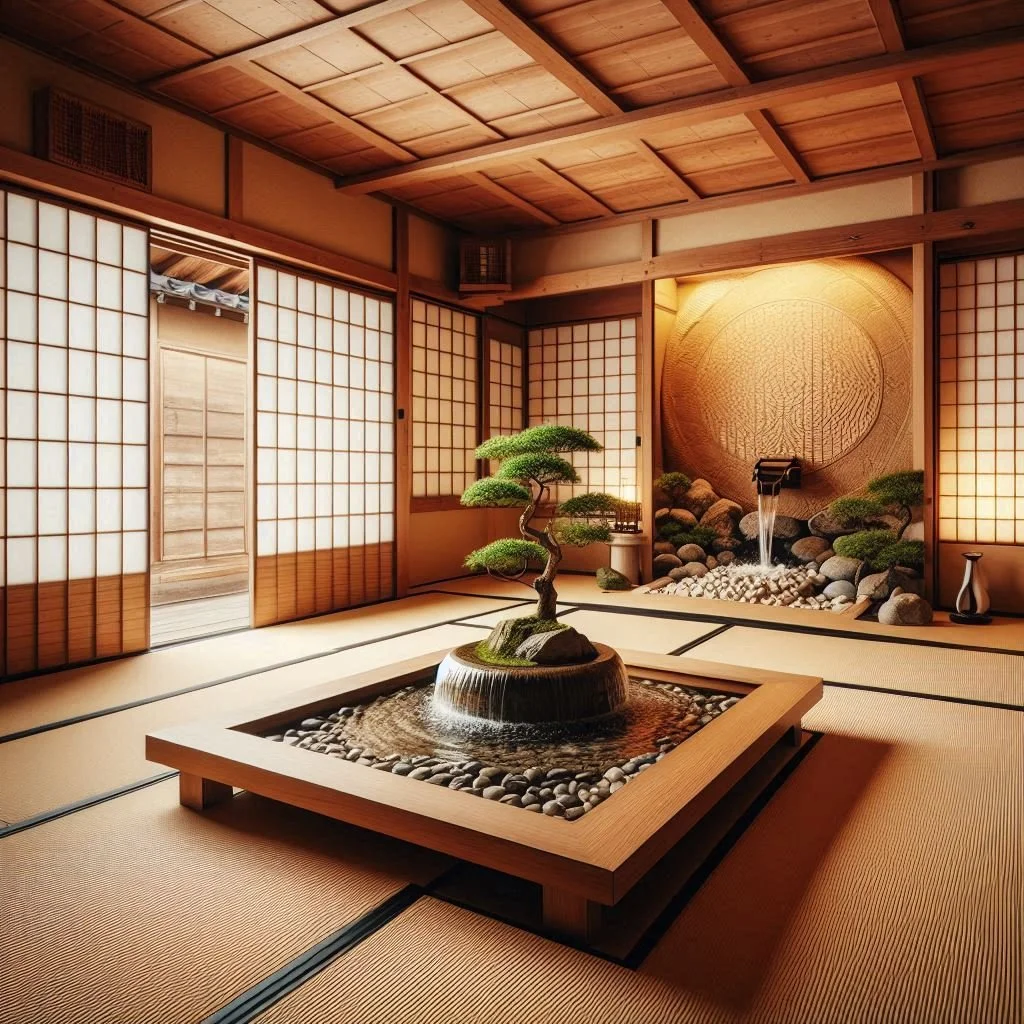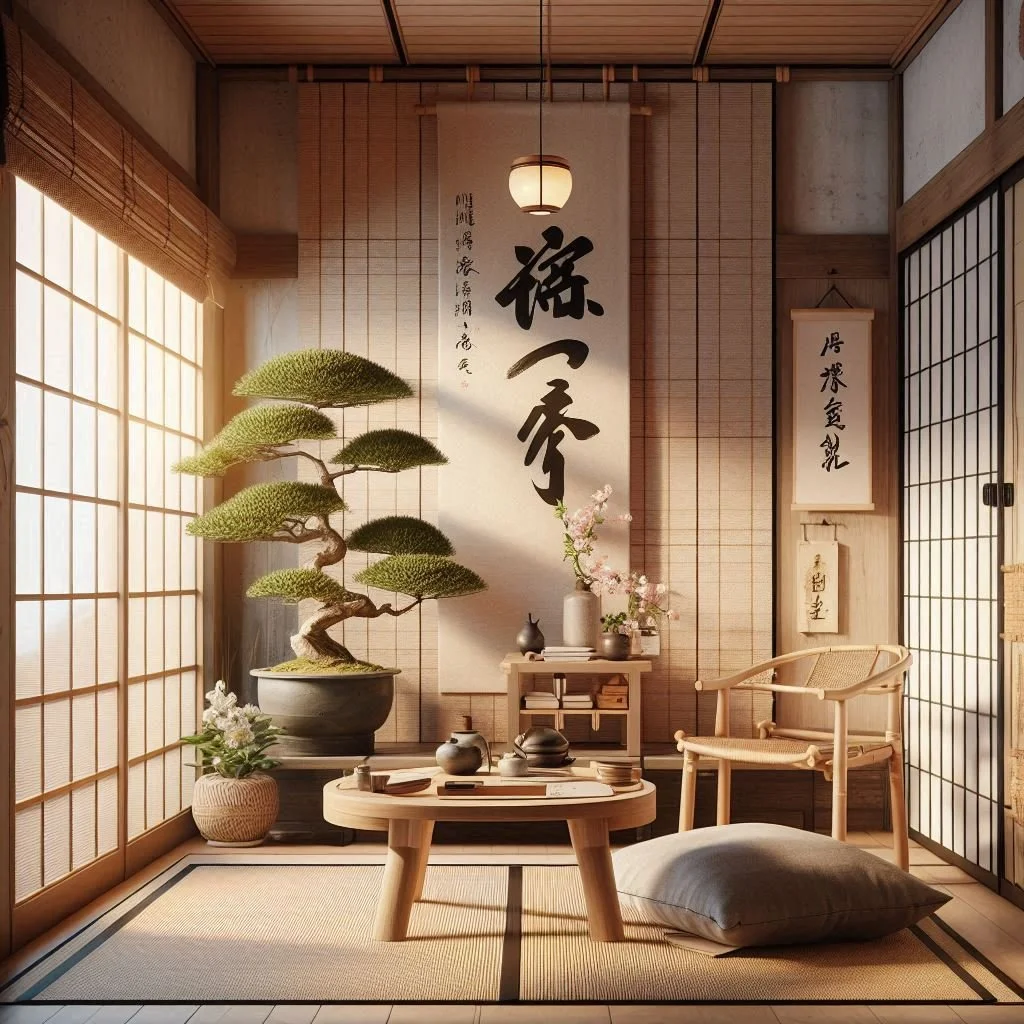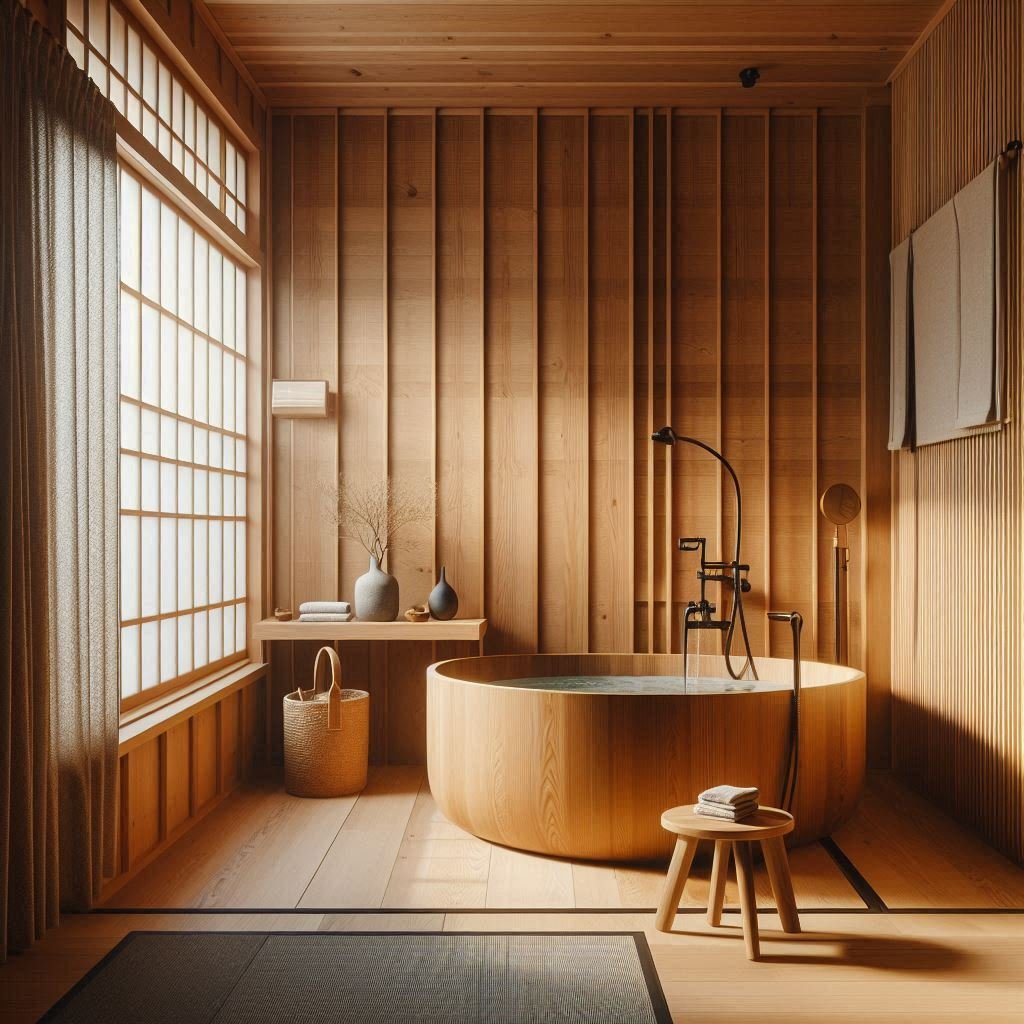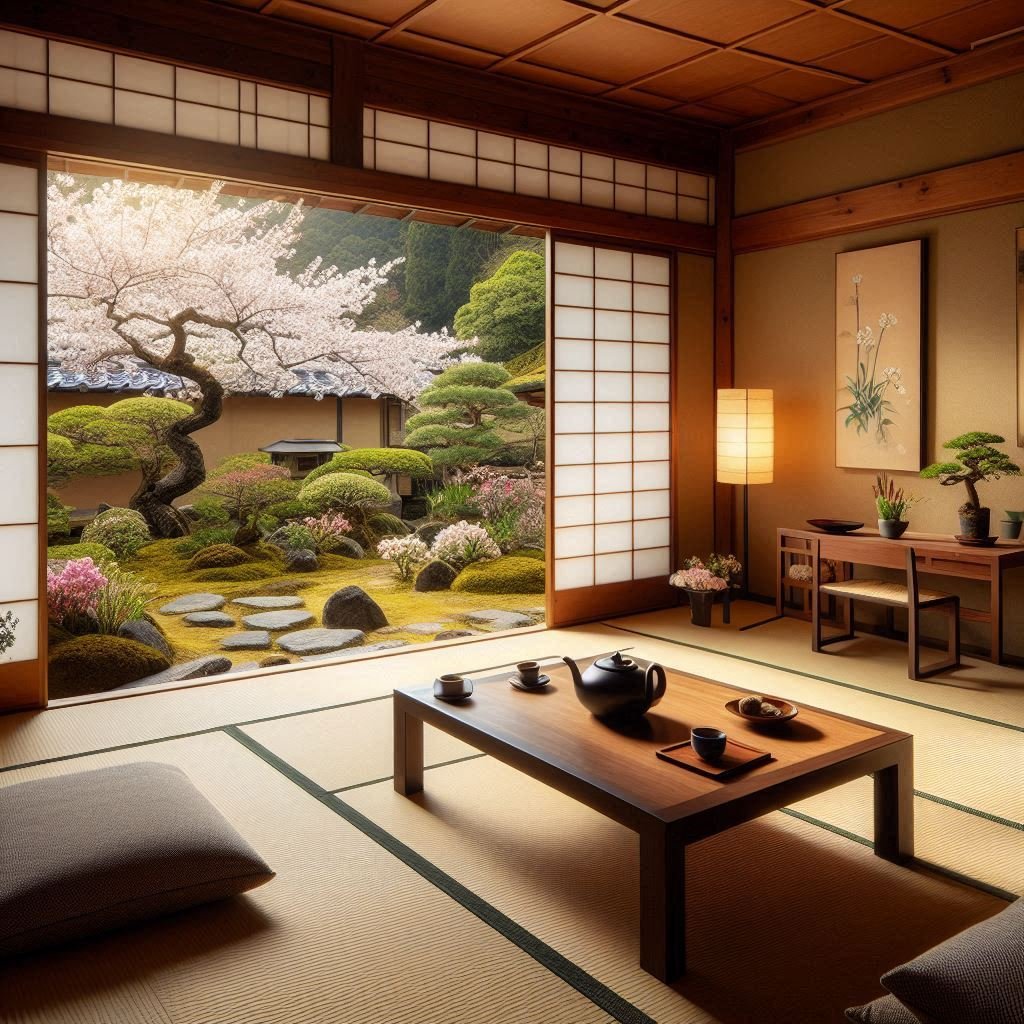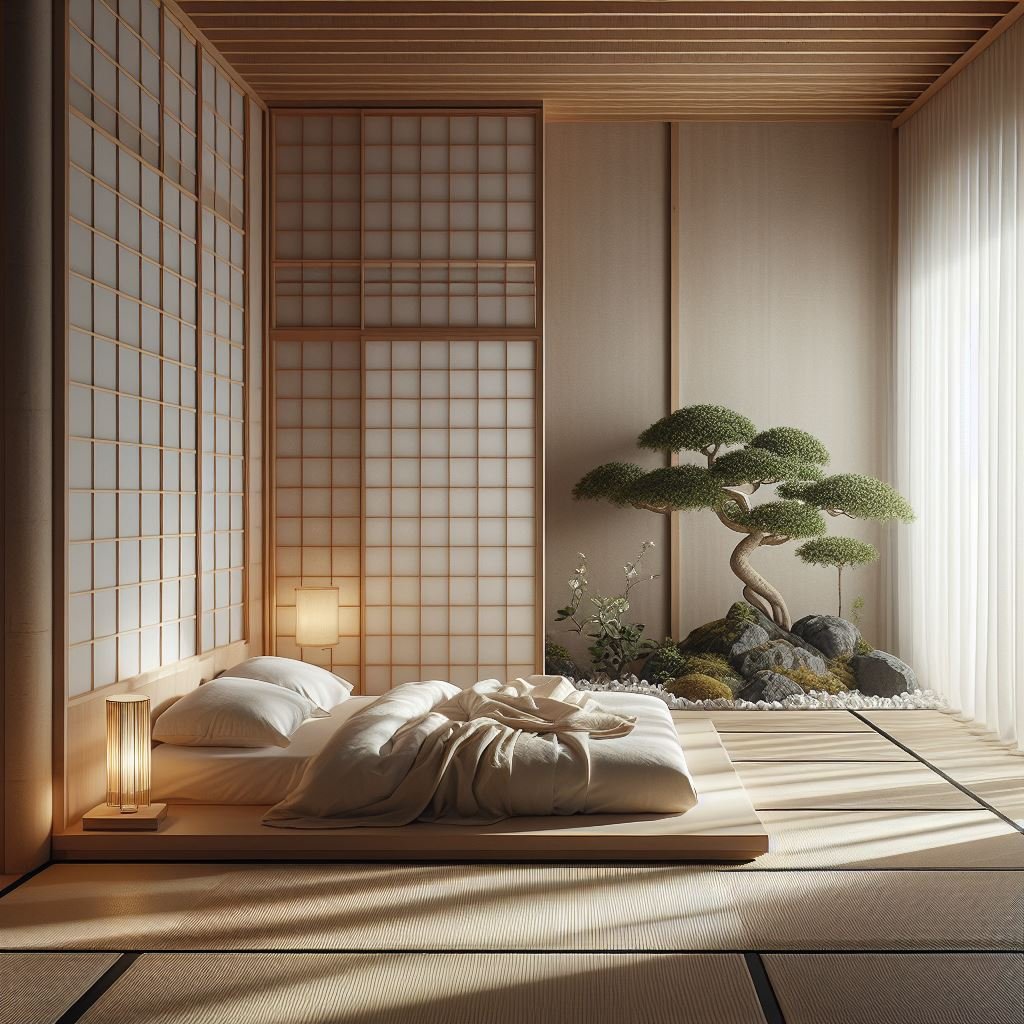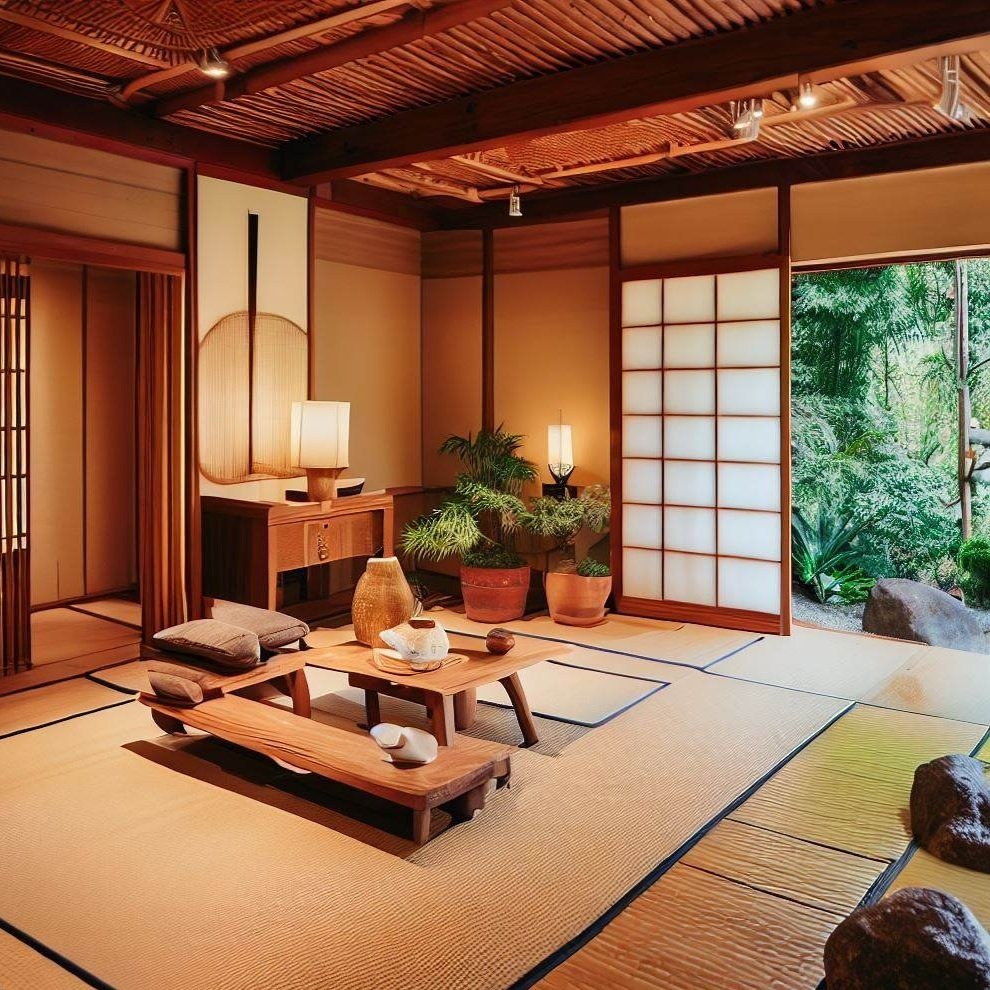15 Serene Japanese Room Ideas for a Zen Atmosphere
Transform your living space into a tranquil retreat with these 15 serene Japanese room ideas. Discover how to create a Zen atmosphere with minimalistic designs, natural elements, and calming colors.
Imagine stepping into a room that instantly soothes your senses, where every element is carefully chosen to promote tranquility and balance. This is the essence of a Japanese room designed for a Zen atmosphere. Rooted in simplicity, nature, and mindfulness, Japanese design principles can transform any space into a peaceful retreat. Whether you're looking to revamp your living room, bedroom, or even a small corner, these 15 serene Japanese room ideas will help you create a calming environment that nurtures your soul. Let's embark on this journey to Zen together.
1. Minimalistic Design
Embrace minimalism to create a serene Japanese room by clearing out clutter and focusing on essential items that serve a purpose. This approach fosters a clean, open space, promoting a sense of calm and order. Opt for low-profile furniture with simple lines to maintain a sense of spaciousness. Incorporate natural materials like wood and bamboo to add warmth and a touch of nature, enhancing the minimalist aesthetic. Keep decor minimal, selecting pieces that bring harmony and balance. This streamlined design not only enhances the visual appeal but also creates an environment conducive to relaxation and mindfulness, embodying the serene essence of Japanese style.
2. Natural Materials
Incorporate natural materials like wood, bamboo, and stone to bring the beauty of nature indoors. Wooden furniture, bamboo accents, and stone tiles add warmth and texture, fostering a connection to the natural world. These elements create a harmonious and grounding environment, enhancing the Zen atmosphere of your space. Use wooden beams or bamboo screens to define areas while maintaining an open feel. Stone can be used in flooring, countertops, or decorative features to add an organic touch. Integrating these natural materials not only elevates the aesthetic but also promotes a sense of tranquility and well-being, aligning with the principles of Zen design.
3. Sliding Shoji Screens
Shoji screens, traditional Japanese sliding doors made from wooden frames and translucent paper, allow light to filter through softly, creating a serene and diffused glow. These elegant screens can serve as room dividers or window coverings, maintaining an open and airy feel in your space. The gentle illumination provided by shoji screens enhances the tranquil ambiance and adds a touch of authenticity to your decor. Their minimalist design complements various interior styles, blending seamlessly while offering privacy without sacrificing natural light. Incorporating shoji screens into your home not only enriches the aesthetic appeal but also fosters a peaceful, harmonious environment reminiscent of traditional Japanese interiors.
4. Tatami Mats
Tatami mats, woven from straw, offer a natural and comfortable flooring option that is a staple in Japanese homes. These mats add an authentic touch to your Zen-inspired room, enhancing its traditional appeal. Tatami mats not only provide a soft, pleasant surface to walk or sit on but also promote a sense of grounding and connection to the earth. Their natural texture and subtle fragrance contribute to a calming atmosphere, making them ideal for creating a serene, meditative space. Incorporating tatami mats into your decor fosters a harmonious environment, reflecting the simplicity and tranquility characteristic of Japanese design.
5. Low Furniture
Opting for low furniture such as futons, floor cushions, and low tables fosters an intimate and relaxed seating arrangement, ideal for encouraging mindfulness and connection. This style not only enhances the room's cozy, inviting atmosphere but also aligns with the Japanese concept of wabi-sabi, which appreciates beauty in simplicity and imperfection. Low furniture brings people closer to the ground, promoting a sense of calm and grounding. Additionally, it creates an open, spacious feel in the room, making it perfect for meditation or social gatherings. This approach combines functionality with aesthetic harmony, embodying the serene and minimalist essence of Japanese design.
6. Zen Gardens
A small indoor Zen garden can be a beautiful and calming addition to your space. Use elements like sand, stones, and small plants to craft a miniature landscape that promotes reflection and meditation. The simplicity of the design encourages a sense of tranquility and focus. Raking patterns in the sand can become a soothing and mindful practice, helping to clear your mind and reduce stress. Placing your Zen garden in a quiet corner allows you to retreat to a serene spot whenever you need a moment of peace. This small but meaningful addition enhances the overall Zen atmosphere of your home, creating a perfect balance between nature and mindfulness. If you’d like to extend this to your outdoor space, natural materials and minimalist designs can create a tranquil zen garden ideas that fosters relaxation and mindfulness.
7. Natural Lighting
Maximize natural light to enhance the peaceful ambiance of your room. Use light, airy curtains or bamboo blinds to control the light while maintaining a connection to the outdoors. These window treatments allow sunlight to filter in gently, creating a serene and inviting atmosphere. Natural light not only highlights the beauty of natural materials in your decor but also has a positive impact on mood and well-being. Position mirrors strategically to reflect light and make the space feel larger and brighter. Embracing natural light fosters a sense of tranquility and harmony, turning your room into a restful sanctuary that nurtures both the body and mind.
8. Neutral Color Palette
Choose a neutral color palette with shades of white, beige, gray, and brown to create a harmonious and calming environment in your bathroom. These colors provide a soothing backdrop that enhances the rustic aesthetic and makes the space feel more serene. To add subtle pops of color, incorporate natural elements like potted plants or art pieces with earthy tones. This approach maintains the overall tranquility while introducing small bursts of vibrancy. Plants not only add color but also bring life and freshness to the room, while art pieces can reflect personal taste and add a touch of character. This balanced mix of neutrals and natural accents creates a peaceful, inviting bathroom retreat.
9. Indoor Plants
Incorporate indoor plants to bring life and tranquility to your space. Plants like bonsai, bamboo, and peace lilies are excellent choices as they not only purify the air but also add a touch of nature to your home. Their calming presence promotes relaxation and a sense of well-being, creating a serene atmosphere. Bonsai trees offer a miniature, meditative element, while bamboo provides a clean, minimalist look. Peace lilies, with their elegant white blooms, enhance the aesthetic appeal and improve indoor air quality. Adding these plants to your living space can transform it into a peaceful retreat, connecting you with nature's calming influence.
10. Zen Decor Elements
Decorate with elements that evoke a sense of Zen, such as Buddha statues, incense holders, and meditation cushions. These items create a tranquil atmosphere and serve as gentle reminders to slow down and cultivate mindfulness in your daily life. A Buddha statue can be a calming focal point, while incense holders release soothing scents that enhance relaxation. Meditation cushions provide a comfortable spot for reflection and meditation, encouraging you to take moments of peace throughout your day. Incorporating these Zen-inspired elements can transform your space into a serene retreat, promoting inner calm and balance amidst the hustle and bustle of everyday life.
11. Japanese Art and Calligraphy
Adorn your walls with Japanese art and calligraphy to add a cultural touch and enhance your room's aesthetic. Simple, elegant pieces can transform your space, promoting a sense of peace and inspiration. Choose art that resonates with you, such as serene landscapes, delicate cherry blossoms, or meaningful kanji characters. These artworks not only elevate the visual appeal but also introduce a calming, contemplative atmosphere. Japanese calligraphy, with its flowing lines and balanced composition, adds a touch of sophistication and tranquility. Integrating these elements into your decor creates a harmonious environment that reflects the timeless beauty and serenity of Japanese art and culture.
12. Aromatherapy
Use aromatherapy to create a calming atmosphere in your space. Essential oils like lavender, sandalwood, and chamomile are known for their relaxing and stress-reducing properties. Incorporate these soothing scents through diffusers, incense, and candles to infuse your room with tranquility. Aromatherapy not only enhances the ambiance but also promotes overall well-being by helping to alleviate tension and anxiety. Choose natural, high-quality essential oils and blend them according to your preferences. Whether you prefer the gentle waft of a reed diffuser or the warm glow of a scented candle, introducing aromatherapy into your space can transform it into a serene retreat that nurtures your mind and body.
13. Simple and Functional Storage
Incorporate simple and functional storage solutions to keep your space organized. Use wooden boxes, woven baskets, and minimalist shelves to store items neatly and stylishly. These storage options blend seamlessly with a natural and serene aesthetic, reducing visual clutter and promoting a sense of calm. Wooden boxes can hold smaller items, while woven baskets are perfect for textiles like blankets and towels. Minimalist shelves offer a sleek way to display essential items and decor without overwhelming the space. By keeping your surroundings tidy and organized, you create an environment that is both visually appealing and conducive to relaxation and peace.
14. Water Features
Add a small water feature like a tabletop fountain or a stone basin to introduce the soothing sound of flowing water into your space. These elements not only enhance the Zen atmosphere but also promote relaxation and a deeper connection to nature. The gentle sound of water can help reduce stress, create a calming ambiance, and improve overall well-being. Place the water feature on a table, shelf, or in a corner where it can be easily enjoyed. Incorporating a water feature is a simple yet effective way to elevate the tranquility and aesthetic of your environment, making it a serene retreat from the hustle and bustle of daily life.
15. Personal Touches
Personalize your space with items that hold special meaning to you. Whether it's a family heirloom, a travel souvenir, or a cherished book, these personal touches add a layer of uniqueness and warmth to your room. Displaying these items can evoke fond memories and tell your story, making the space truly yours. A vintage photo frame with family pictures, a handcrafted artifact from a memorable trip, or a favorite novel on a bedside table can create a comforting and inviting atmosphere. These elements not only enhance the aesthetic but also infuse your space with a sense of identity and belonging, turning it into a true sanctuary.
Conclusion
Creating a serene Japanese room is about more than just aesthetics; it's about cultivating a space that promotes peace, mindfulness, and balance. By incorporating these 15 ideas, you can transform any room into a tranquil retreat where you can escape the stresses of daily life. Embrace simplicity, natural elements, and personal touches to design a space that nurtures your body and soul.
Frequently Asked Questions
1. Can I create a Japanese-inspired room in a small space?
Absolutely! Focus on minimalism, natural materials, and multifunctional furniture to make the most of a small space while maintaining a serene atmosphere.
2. What are some budget-friendly ways to achieve a Zen look?
Thrift stores, DIY projects, and repurposing existing items can help you achieve a Zen look without breaking the bank. Simple changes like adding indoor plants and using neutral colors can make a big difference.
3. How do I maintain a clutter-free Japanese room?
Incorporate functional storage solutions and make a habit of regularly decluttering. Keep only the essentials and store items out of sight to maintain a clean and orderly space.
4. Can I mix Japanese design with other styles?
Yes, Japanese design can blend well with other styles like Scandinavian or modern. Focus on common elements like simplicity, natural materials, and functionality to create a cohesive look.
5. How can I incorporate traditional Japanese elements without a full redesign?
Start with small changes like adding Shoji screens, indoor plants, or Japanese art. Gradually incorporate more elements as you feel comfortable, and focus on creating a calm and harmonious environment.
